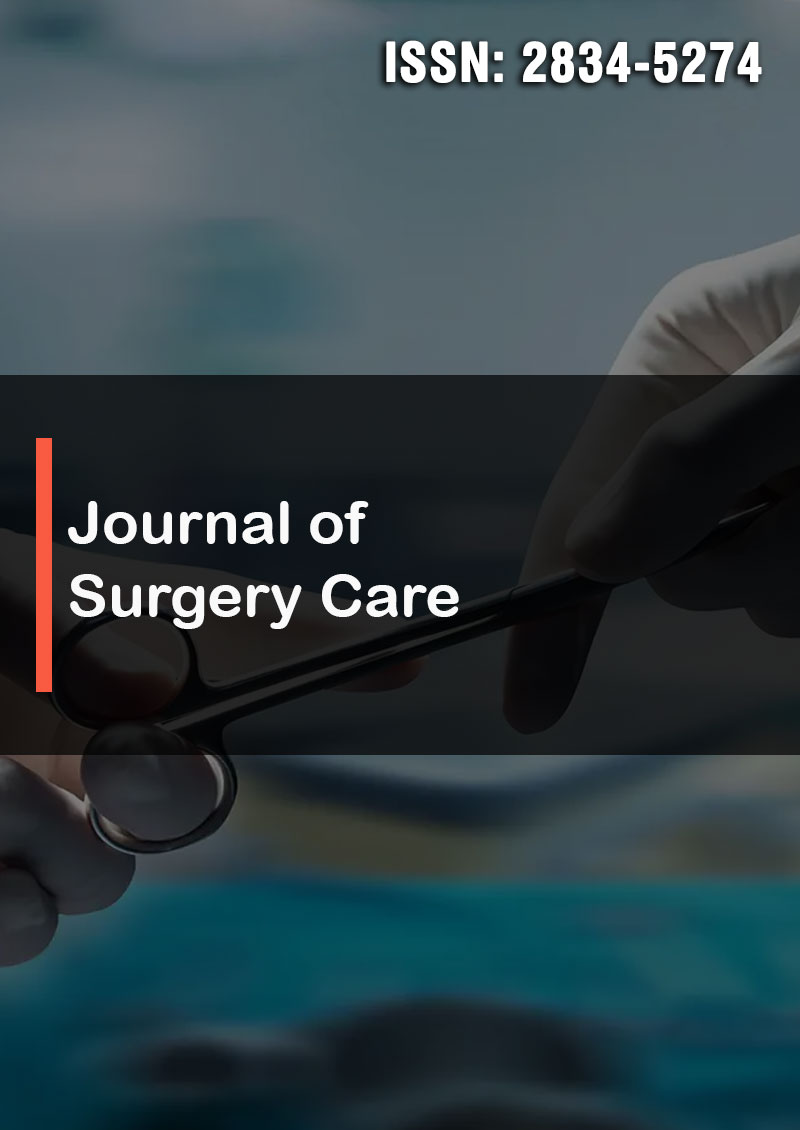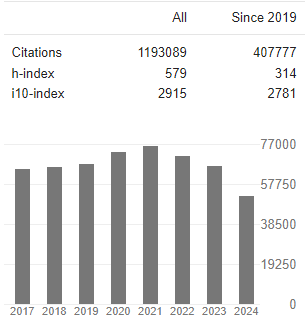The Evidence for Office-Based Carpal Tunnel and The Use of UltraSound: A Systematic Review and Meta-Analysis
Abstract
Alexis Chow, Joseph Fares, Amulya Diyya, Mark Samuel and Mariam Sharobim
Introduction Carpal Tunnel Syndrome (CTS) is a common condition characterized by compression of the median nerve at the wrist, leading to neuropathy and associated symptoms that can significantly impair hand function and quality of life. Recent interest has focused on the use of ultrasound-guided carpal tunnel release (CTR-US) as a treatment modality, given its potential to facilitate faster recovery, minimize complications, and enhance patient satisfaction. This systematic review aims to evaluate the efficacy and safety of in-office CTR-US in managing CTS in comparison to interventions performed without ultrasound.
Methods A systematic review and meta-analysis were conducted in SPSS v29 using PRISMA 2020 guidelines. Five databases (PubMed, Embase, Scopus, Cochrane, and Web of Science) were searched yielding a total of 713 articles and 5 after the exclusion criteria was applied. The review included clinical trials regarding office based carpal tunnel release (CTR) surgeries with and without ultrasound guidance. Outcome measures included the QuickDASH at 2 weeks and 1 year.
Results QuickDASH improved with CTR in both groups at 2 weeks and a year. There was a large effect size difference, 4.42, at 2 weeks and at 1 year, 2.15, between CTR-US and CTR without US, indicating clinical significance. However, the results were not statistically significant, p>0.05.
Conclusion The findings show that carpal tunnel release is effective at improving QuickDash scores at 2 weeks and 4 years post treatment. Though more research is required, CTR-US may provide superior clinical outcomes when compared to CTR without US.





